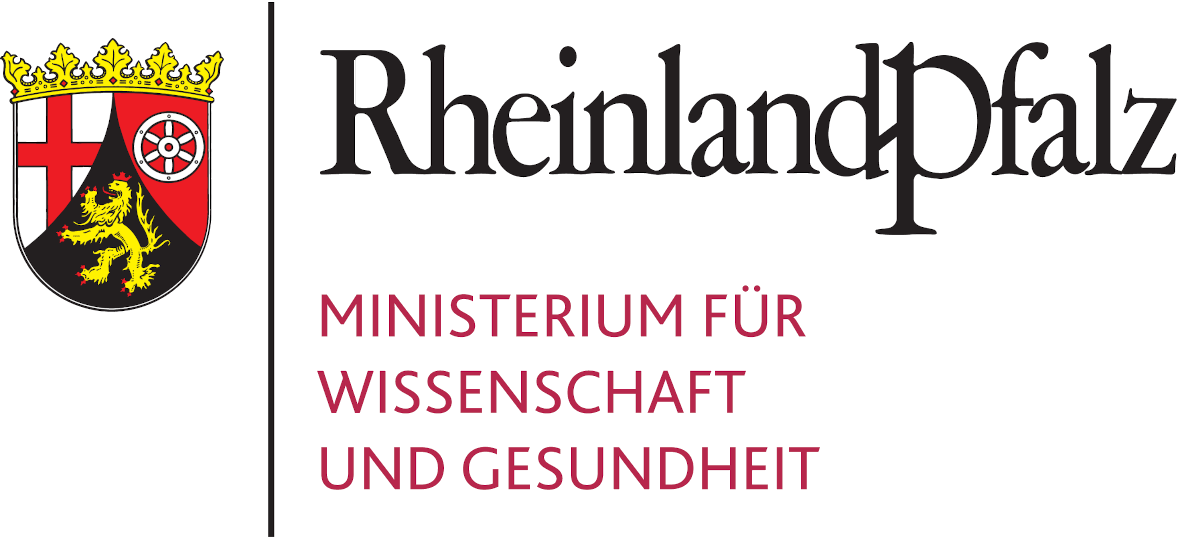After the Second World War, and even more so during the 1960s, both academic institutions and scholarly production expanded with a speed and on a scale previously unknown. This was also the case of the domain of historiography. Its growth concerned all types of institutions – archives, historical museums; history departments at universities as well as research institutes, but also journals and associations. It was mainly driven by the general expansion of secondary and higher education and by the high esteem in which history was held by both sides in the Cold War. In Western and Eastern Europe, national historiography – and in some cases contemporary history – were of central importance in legitimating political regimes, with the consequence that the number of tenured historians continued to grow.
In 1955 our database records around 3200 permanent posts (an increase of 612 per cent on the 522 posts in 1928!). Twenty-five years later, they numbered 10,877 (again an astonishing growth rate of 340 per cent), and from 1980 to 2005, in spite of economic crises and fiscal constraints on governments in the East and West, the community of professional historiography burgeoned to 19,665 permanent positions.
The graph below shows the remarkable differences between the socialist and the other countries in Europe: In the decade after the Second World War, historiography grew much faster in the Eastern than in the Western and Southern European countries: there in 1955 the total number of posts more than tripled (from about 500 in 1928 to more than 1700 in 1955) and surpassed that in Western Europe (fewer than 1500). This increase was due to the creation of numerous posts in the many new research institutes in Eastern Europe (between 1928 and 1955 the number of historians working outside the universities grew fourfold, representing 45 per cent of the profession – in contrast to six per cent in Western Europe). In the other regions of Europe, historiography profited only later from the expansion of higher education. Between 1955 and 1980, the number of posts increased fourfold (up to more than 6000) in Western and Southern Europe, and both universities and other research institutions shared equally in this expansion, whereas the socialist countries slowed down their pace of growth (to more than 4800 historians in 1980). The data for 2005 clearly show the effects of the political changes since the Revolutions of 1989. The Western European countries, economically much richer, and the majority of them politically more stable, continued to invest heavily in their historical infrastructures by creating and supporting museums, archives, research institutes and university posts for professional historians.
In Eastern Europe, the economic and political crises of the 1980s, followed by the collapse of the socialist regimes in 1989/90, gave rise to a situation of intellectual renewal but also of institutional instability. The publicly financed community of professional historians lost many of its (relative) material privileges, and in general the institutions of historiography had to cope with under-funding and dramatic cuts in public financing. History at universities still expanded but at a lower growth rate than in the other parts of Europe (where the number of permanent posts doubled from 1980 to 2005) whereas the research institutes shrank. Thus the internal distribution among historians working as researchers at historical institutes and their colleagues teaching at universities in the East (22 per cent to 78 per cent) approached that in the Western countries (7 per cent to 93 per cent).
But this general trend concealed many national or regional (e.g. between North-Western and Southern Europe) differences that can be appreciated by considering the national narratives and figures in the second part of this Atlas.
In many countries, the national fields of professional historiography grew to a size (in France 1980: 1187 historians, in Britain: 1481, in Russia: 1274) which imposed anonymous forms of communication and produced internal fragmentation in subdisciplines and smaller communities of specialists. Since the 1960s, under the impact of new schools or tendencies (French Annales school, social history, new cultural history, micro history), pluralism has developed strongly in the Western parts of Europe. The end of ideological control after the demise of the socialist dictatorships in 1990 gave rise to a general European trend towards pluralism, which equally meant a further step towards greater participation by women in the production of professional historiography in Europe.
Go back to Historians








